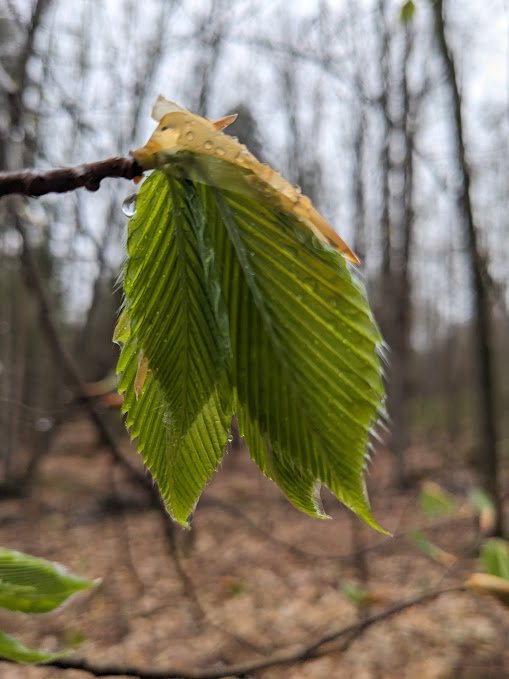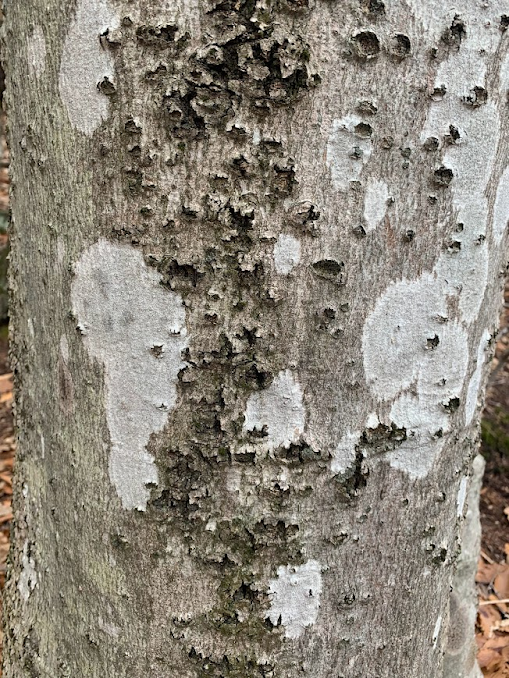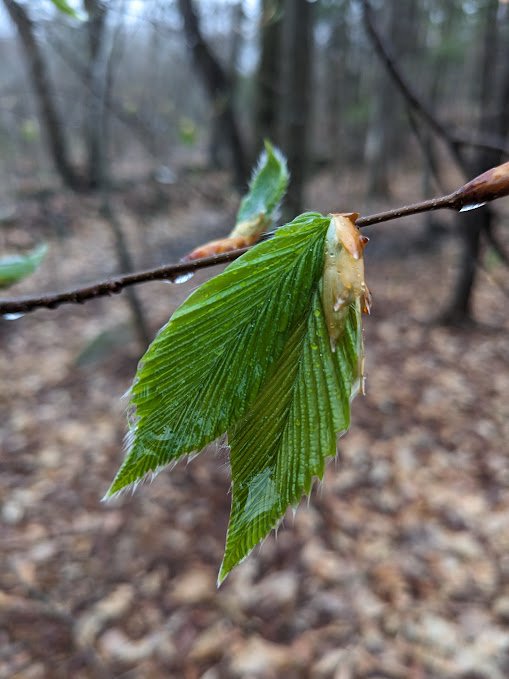 Image 1 of 4
Image 1 of 4

 Image 2 of 4
Image 2 of 4

 Image 3 of 4
Image 3 of 4

 Image 4 of 4
Image 4 of 4





American Beech - Bare Root Tree
2”-6” Bare Root Tree
(Fagus Grandifolia)
Beech are some of the most abundant trees in the local woods, but that doesn’t mean we love them any less. They feature some of my favorite bark, growing smooth, with perfect eyes up and down. Beech also produce edible Beech nuts and have showy foliage that lasts late into the season. They’re found throughout moist woodlands and will grow best in similar soil and with full sun. Beech trees naturally form groves, so try and plant multiple in one area.
Unfortunately, Beech trees suffer from both Beech Bark disease and increasingly, Beech Leaf disease. These are caused by a fungus and nematode respectively and lead to pockmarks allover the normally smooth bark and die off of the leaves. Indeed, things don’t look so good for the American Beech in our region, but planting these seed-grown trees is one of the few acts we can take to hopefully save this keystone species. We sell out Beech trees at a heavy discount so you can plant your own Beech grove.
Hardiness: Zone 4-9
Soil: Acidic, Clay, Loamy, Moist, Sandy, Well Drained
Light: Full Sun
2”-6” Bare Root Tree
(Fagus Grandifolia)
Beech are some of the most abundant trees in the local woods, but that doesn’t mean we love them any less. They feature some of my favorite bark, growing smooth, with perfect eyes up and down. Beech also produce edible Beech nuts and have showy foliage that lasts late into the season. They’re found throughout moist woodlands and will grow best in similar soil and with full sun. Beech trees naturally form groves, so try and plant multiple in one area.
Unfortunately, Beech trees suffer from both Beech Bark disease and increasingly, Beech Leaf disease. These are caused by a fungus and nematode respectively and lead to pockmarks allover the normally smooth bark and die off of the leaves. Indeed, things don’t look so good for the American Beech in our region, but planting these seed-grown trees is one of the few acts we can take to hopefully save this keystone species. We sell out Beech trees at a heavy discount so you can plant your own Beech grove.
Hardiness: Zone 4-9
Soil: Acidic, Clay, Loamy, Moist, Sandy, Well Drained
Light: Full Sun

